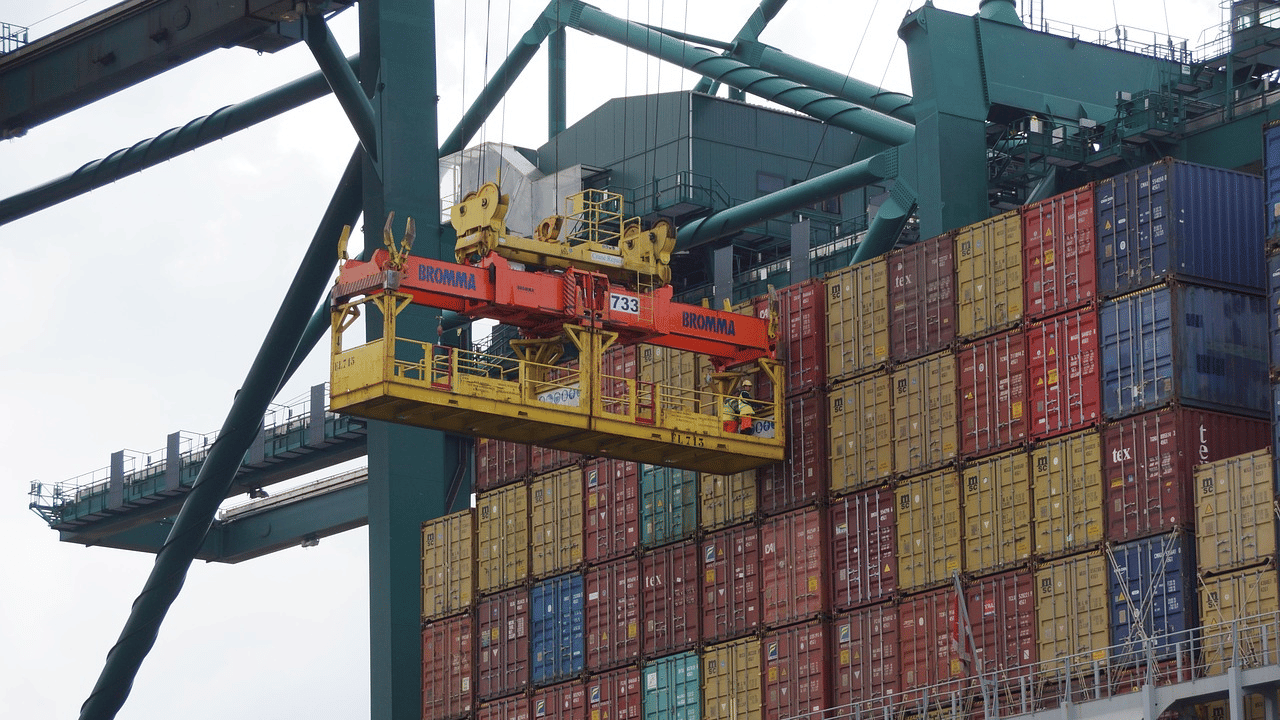New Delhi: The logistics sector is set to reach the valuation of $800 billion by the year 2030 while simultaneously contributing 11 percent to the country’s GDP, says the report of India Narrative. The projected growth in this sector will be carried out through the government initiatives, tech integration, skilled workforce, and infrastructural upgrades.
Currently, as per the Economic Survey of India, the logistics costs in India are around 14-18 percent of India’s GDP, which is higher than the global average benchmark of 8 percent.
Global consulting firm McKinsey says that a 1 percent reduction in logistics costs will increase the GDP of India by $15 billion on a yearly basis. Strategic and sustained investments in the logistics sector, enabling and linking the sector with digital infrastructure while simultaneously developing the workforce, are the key pillars that will drive the sector to help India become a $5 trillion economy by 2027 and further help the country in realising its Viksit Bharat goals by 2047.
National Logistics Policy 2022 and other Logistics reforms
With the launch of the National Logistics Policy in 2022 in order to streamline the logistics sector through the help of tech-enabled platforms like ULIP (Unified Logistics Interface Platform) and Logistics Data Bank (LDB), the sector is witnessing transformation in its structure, efficiency, and competitiveness. These tech-enabled platforms helped track the supply chain in real time.
Additionally, the PM Gati Shakti Master Plan that connects 57 ministries for better coordination in the infrastructure planning and projects helped in the overall efficiency of the logistics sector. Further, port modernization through the Maritime Development Fund, worth Rs 25000 crore, is helping the cargo sector in its efficiency in parallel.
In the year 2021, Bharat Trade Net was launched to centralise the trade documentation, digital finance and to digitise import-export transactions along the lines of global logistics practice. GST reforms ushered in the year 2017, eliminated the need for interstate checkpoints, and thereby further took down the logistics cost by 33 percent. Currently, more than 22 million people work in the logistics sector, and an additional 10 million people will be further absorbed in the sector by the year 2027.
